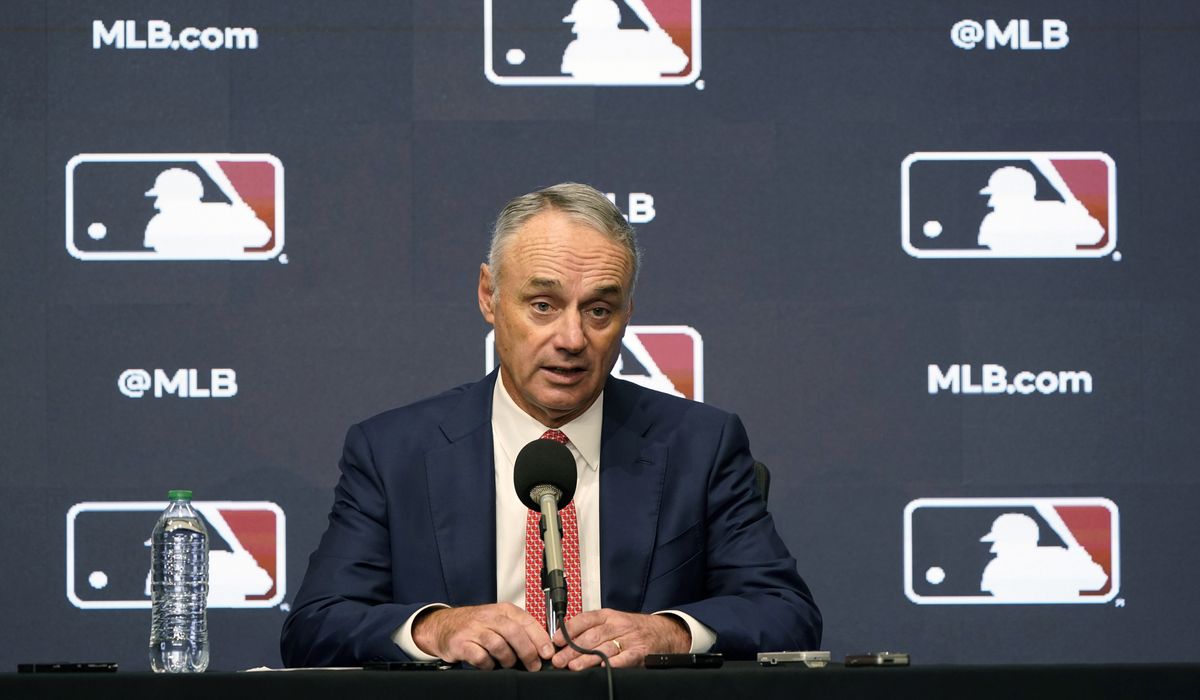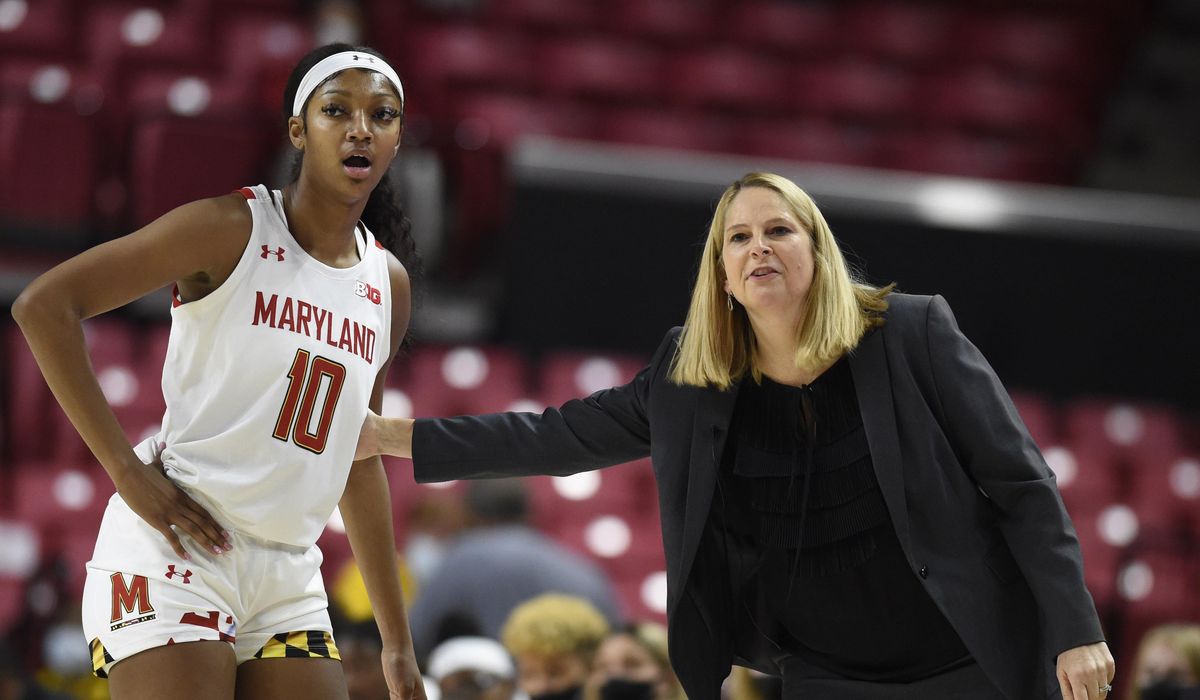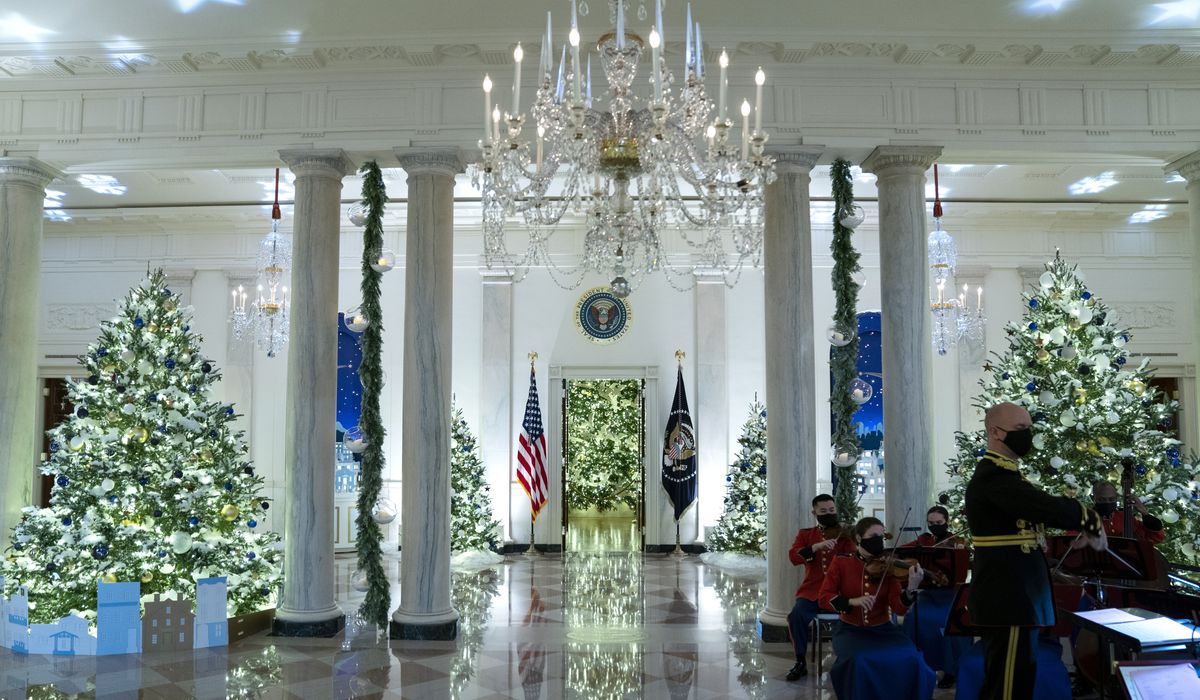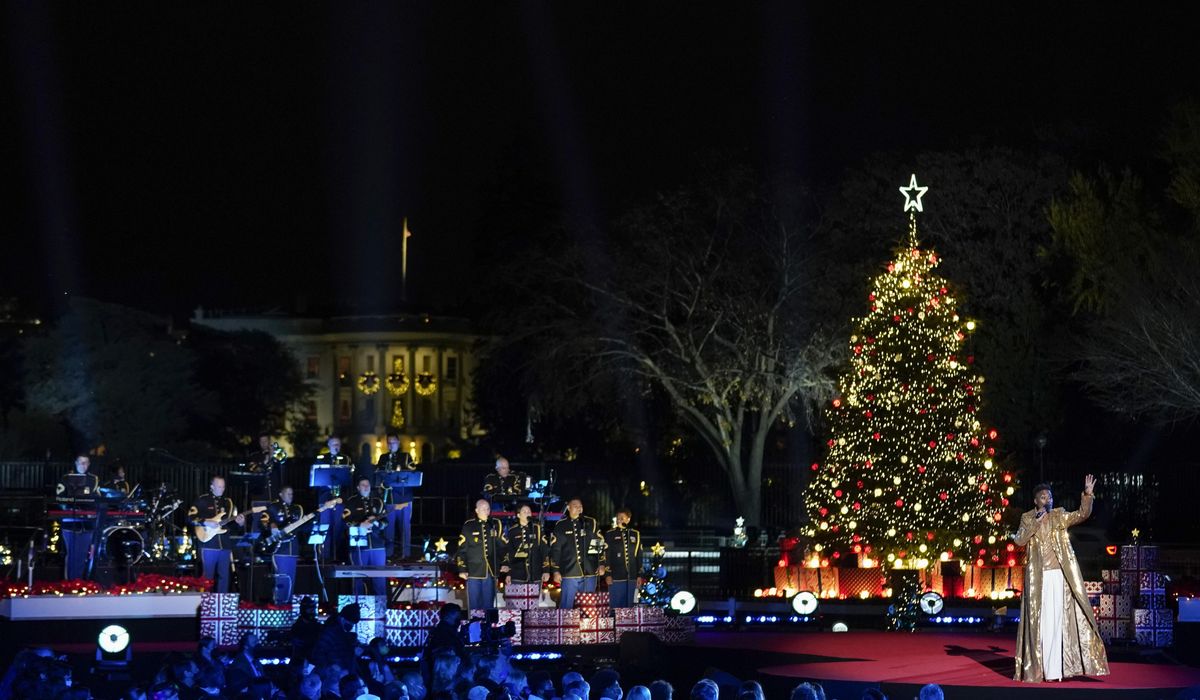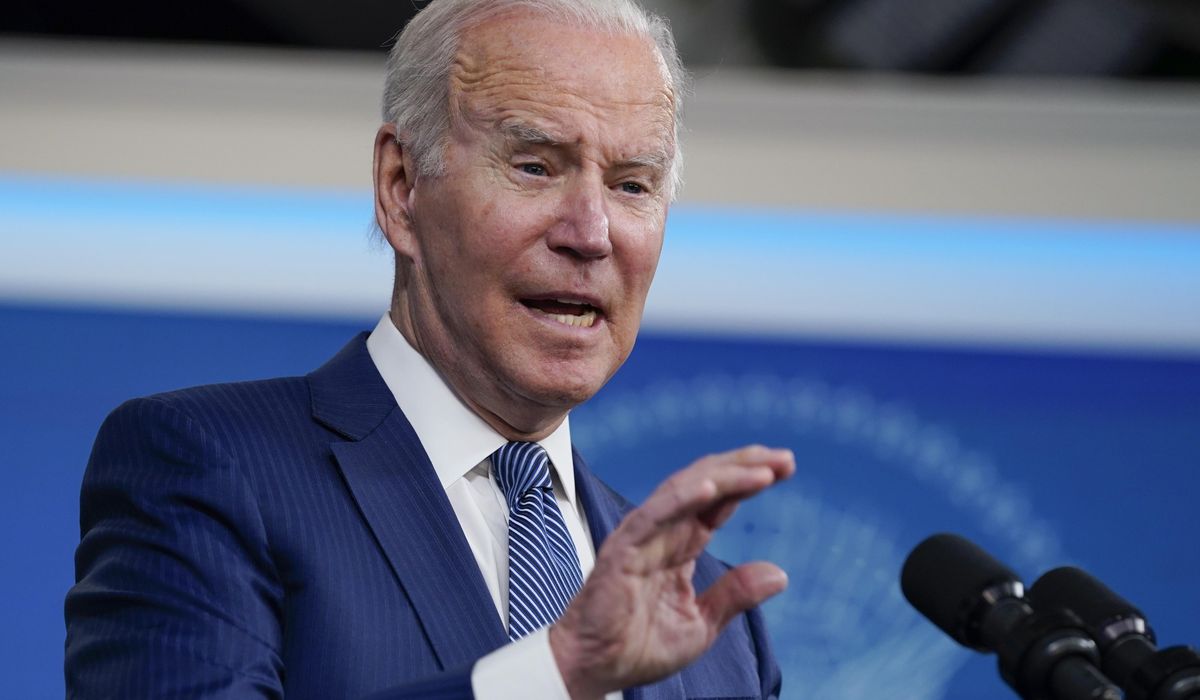
NEW ORLEANS — Dallas defensive coordinator Dan Quinn had to step in for Mike McCarthy as acting head coach and enjoyed the sideline view as the unit he normally oversees lifted the Cowboys out of their recent swoon with a slew of big plays.
CeeDee Lamb had 122 yards from scrimmage, Tony Pollard ripped off a 58-yard touchdown run and the Dallas defense produced a drive-stalling sack and three interceptions in the fourth quarter of a 27-17 victory over the New Orleans Saints on Thursday night.
The Cowboys (8-4) intercepted Saints quarterback Taysom Hill four times in all – three times in the final 6:32 of the game, including defensive tackle Carlos Watkins’ pick-6 on a screen pass that made it 27-10 with 2:52 left.
“I finally got to see his emotion and expressions down on the sidelines,” Dallas rookie outside linebacker Micah Parsons said of Quinn, a former Atlanta head coach who normally calls defensive plays from a booth with Dallas. “It was good to see a smile on his face and it was good to see another win on the board.”
McCarthy and five assistants didn’t make the trip because of positive COVID-19 tests.
“I love doing hard things with a group of people and this was one of those moments,” a gratified Quinn said. “We wanted to make sure Mike and all the guys that we missed, that we got their back. Honestly, that was the only thing I was nervous about. I didn’t want to let them down.”
The Saints (5-7) gave the dual-threat Hill his first start this season in hopes he could help New Orleans snap a four-game skid. He was effective in spurts, passing for 264 yards and two touchdowns – and running for 101 yards – while playing through an early injury to the middle finger of his throwing hand.
“He played with a lot of heart, a lot of guts,” Saints coach Sean Payton said.
But Hill‘s turnovers proved too much to overcome as the Saints – winners of the NFC South the previous four seasons – lost a fifth straight game for the first time since 2005, the season before Payton took over in New Orleans.
“It’s very frustrating. It’s unfamiliar territory for us,” Hill said. “This is my fifth year and I haven’t experienced anything like this since I’ve been a Saint.”
Dak Prescott passed for 238 yards and a 1-yard touchdown to Michael Gallup.
Prescott was intercepted by Marshon Lattimore in the middle of the fourth quarter, but the Cowboys canceled out that turnover when Jourdan Lewis hit Hill’s arm as he released the ball and Damontae Kazee intercepted.
That was the first of Dallas‘ three late interceptions. The Saints‘ next drive stalled on a pick by Trevon Diggs, his league-leading ninth. And Watkins’ interception came on the drive after that.
“When the ball was in the air, our guys went and got it,” said Parsons, whose 10th sack of the season also ended a Saints threat early in the fourth quarter. “We tried our best to contain them. I mean, he was getting outside the pocket and we were finding ways to slow him down and getting the ball back.”
Saints receiver Deonte Harris turned a short pass into a late 70-yard TD for the game’s final score.
SLOW STARTS
The Saints have started slowly throughout their skid and this game was no exception as they failed to score in the first quarter for the fifth game in a row.
The Saints‘ first scoring threat came on their second drive, but Brett Maher’s 56-yard field goal attempt drifted wide right.
Dallas broke through on its third possession, highlighted by Prescott’s 41-yard pass over the middle to Amari Cooper and a lateral pass to Lamb that went for 33 yards to the New Orleans 1. Prescott then tossed a fade to the right corner, where Gallup made a leaping, twisting catch over cornerback Bradley Roby and narrowly touched both feet in bounds.
The Saints tied it on Lil’Jordan Humphrey’s 24-yard TD catch early in the second quarter, but never led.
After Greg Zuerlein’s 55-yard field goal put Dallas up 10-7, the Saints threatened late in the second half when they drove to the Dallas 26. But Hill‘s pass toward the left sideline was tipped by receiver Kenny Stills and intercepted at the 5 by Jayron Kearse, who dived to snag the fluttering ball while dragging his toes on the turf before falling out of bounds.
The game remained close into the third quarter, when Pollard gave Dallas a 20-10 advantage by slipping an arm tackle in the backfield and speeding away from everyone else.
INJURIES
Dallas did not report any injuries during the game.
Saints: Hours before the game, the Saints placed defensive end Tanoh Kpassagnon on injured reserve after he’d missed the previous two games with an ankle injury. … Juwan Johnson hurt his neck after making a leaping 27-yard catch near the end of the first quarter.
UP NEXT
Cowboys: Visit Washington on Dec. 12.
Saints: Visit the New York Jets on Dec. 12.
___
More AP NFL: https://apnews.com/hub/nfl and https://apnews.com/hub/pro-32 and https://twitter.com/AP_NFL



